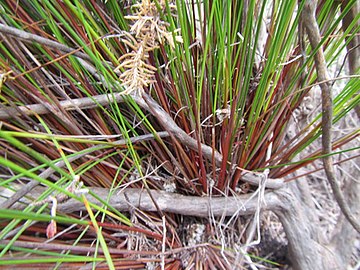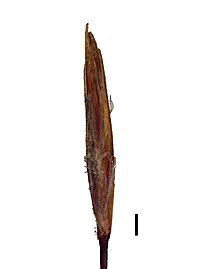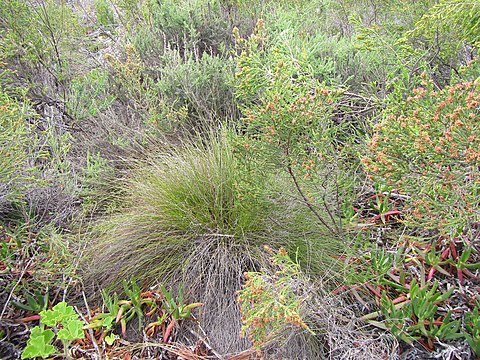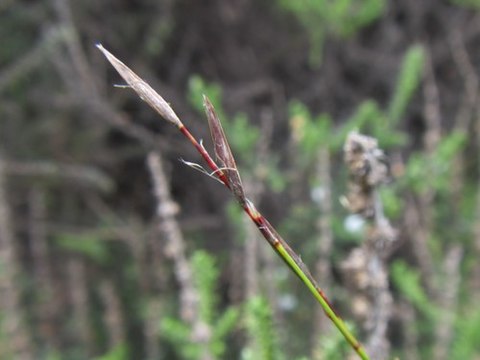
Schoenus quartziticus is a species of sedge endemic to the Agulhas Plain region of the Western Cape Province in southern South Africa.
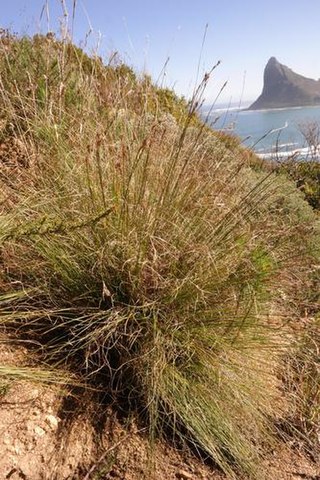
Schoenus graminifolius is a species of sedge endemic to the Cape Peninsula of South Africa.
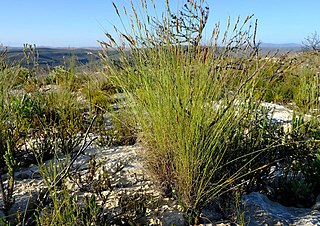
Schoenus prophyllus is a species of sedge endemic to the Agulhas Plain region of Western Cape Province of South Africa.

Schoenus ligulatus is a species of sedge endemic to the western regions of the Western Cape Province of South Africa.

Schoenus exilis is a species of sedge endemic to the western areas of the Western Cape Province of South Africa.

Schoenus bolusii is a species of sedge endemic to the mountains of the Western Cape Province of South Africa. However, S. bolusii is not found on the Cape Peninsula.
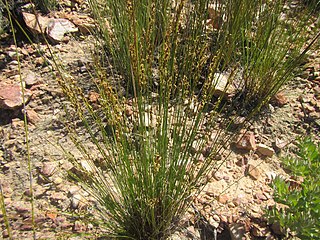
Schoenus submarginalis is a species of sedge endemic to the mountains of the Western and Eastern Cape provinces of South Africa.

Schoenus crassiculmis is a species of sedge endemic to the mountains of the Western Cape Province of South Africa. Few collections of this species have also been made from western areas of the Eastern Cape Province.

Schoenus limosus is a species of sedge endemic to the KwaZulu-Natal and Eastern Cape provinces of South Africa. It is predominantly a species of wet grasslands, which explains its common name.
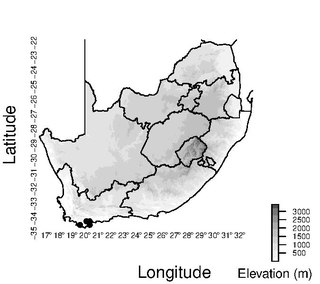
Schoenus calceolus is a species of sedge endemic to limestone-derived soils in the Agulhas Plain region of South Africa.
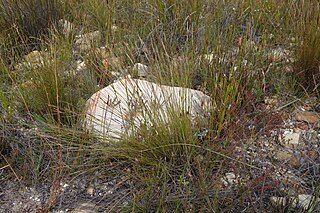
Schoenus bracteosus is a species of sedge endemic to the mountains of southern South Africa.

Schoenus comparoides is a species of sedge endemic to the mountains of southern South Africa.
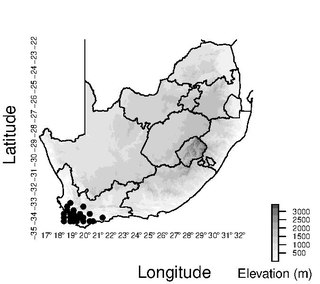
Schoenus crassus is a species of sedge endemic to south-western South Africa.
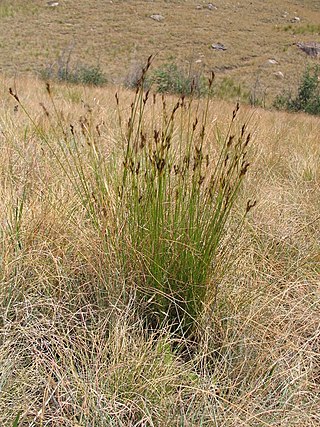
Schoenus galpinii is a species of sedge endemic to eastern southern Africa.
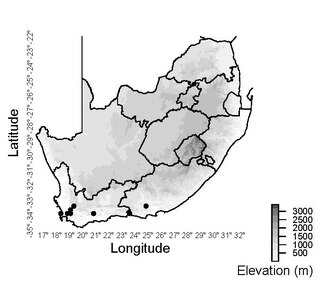
Schoenus adnatus is a species of sedge endemic to mountainous locations in southern regions of South Africa.
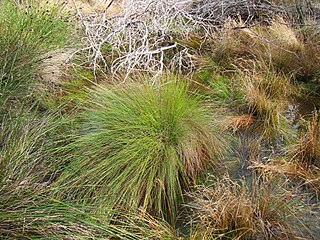
Schoenus gracillimus is a species of sedge endemic to the Western Cape Province of South Africa.

Schoenus lucidus is a species of sedge endemic to the western mountains of the Western Cape Province of South Africa.

Schoenus australis is a species of sedge endemic to locations near the southern coast of South Africa.
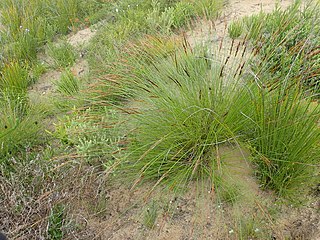
Schoenus graciliculmis is a species of sedge endemic to regions of the southern Eastern Cape Province and nearby regions of the Western Cape Province of South Africa.

Schoenus crinitus is a species of sedge endemic to the Worcester region of the Western Cape Province of South Africa.


